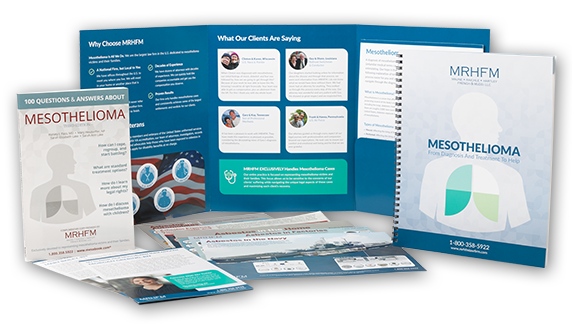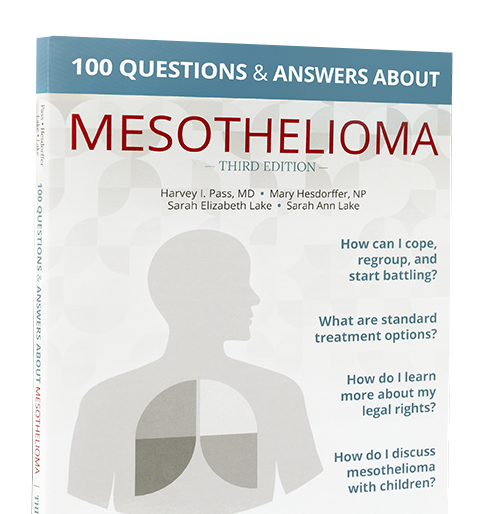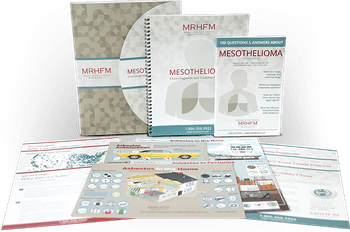Pharmaceutical and consumer goods giant Johnson & Johnson is facing more than 4,000 lawsuits, including 11,700 plaintiffs, over its iconic Johnson’s Baby Powder. The plaintiff’s in all cases claim that the powder caused their mesothelioma, ovarian, and other cancers because it contains the carcinogenic mineral asbestos. They also claim that Johnson & Johnson knew about it—a claim the company continues to deny. Now, a number of reports by media outlets from the New York Times, MSNBC to Reuters explain the claims made by the plaintiffs. Thousands of Internal documents have revealed that Johnson & Johnson knew, as early the early 1970s, that its Baby Powder contained asbestos.
According to the Reuters report, “J&J has been compelled to share thousands of pages of company memos, internal reports and other confidential documents with lawyers” for the thousands of plaintiffs suing the company. The International News Agency says that is has examined many of the documents, as well as deposition and trial testimony, which it says “shows that from at least 1971 to the early 2000s, the company’s raw talc and finished powders sometimes tested positive for small amounts of asbestos, and that company executives, mine managers, scientists, doctors and lawyers fretted over the problem and how to address it while failing to disclose it to regulators or the public.”
Reuters also reported that the earliest mentions of tainted J&J talc that it found came from “1957 and 1958 reports by a consulting lab.” The reports “describe contaminants in talc from J&J’s Italian supplier as fibrous and “acicular,” or needle-like, tremolite. That’s one of the six minerals that, in their naturally occurring fibrous form are classified as asbestos.”
Based in New Brunswick, New Jersey, J&J has led the talc market for more than 100 years, with “sales outpacing those of all competitors combined,” according to Euromonitor International Data. And though J&J’s talc products contributed just $420 million to the company’s $76.5 billion in revenue last year, J&J Baby Powder “is considered an essential facet of the healthcare-products maker’s carefully tended image as a caring company – a “sacred cow,” as one 2003 internal email put it.”
The following are just a few other internal notes, lab notes, and emails published by Reuters:

THEN AND NOW: A 2013 markup of a statement for J&J’s website implicitly recognizes the possibility that the company’s talc could have been tainted in earlier times. -Reuters.com
1972
NO DOUBT: In a lab note, a University of Minnesota professor recorded finding “incontrovertible asbestos” in a sample of J&J’s Shower to Shower talc. -Reuters.com

1973
UNACHIEVABLE: J&J research director DeWitt Petterson warned the company that producing pure talc was impossible. Reuters.com

1975
In 1975, consultant finds 'rather high' concentrations of asbestos fibers in Windsor Minerals talc. -Reuters.com
“This letter will supplement our report of 1 July 1975 on a series of talc ore samples which we have analyzed for you. Table 1 shows the actual fiber counts and the approximate equivalent concentration in parts per million of the amphibole particles which we found in these samples. Some of them seemed rather high, one had 10 and one had 9 amphiboles.”
The mine was a source of talc for J&J Baby Powder. Amphiboles are a family of minerals that include asbestos. In the tables attached to this letter, the consultant refers to the amphiboles as asbestos fibers. -Reuters.com
Although Reuters says that most internal J&J asbestos reports it reviewed did not find asbestos, and J&J’s testing methods have improved over time, “they have always had limitations that allow trace contaminants to go undetected—and only a tiny fraction of the company’s talc is tested.”
If you are concerned about using talc, the American Cancer Society says, “until more information is available, people concerned about using talcum powder may want to avoid or limit their use of consumer products that contain it.”
The World Health Organization (WHO), the U.S. Environmental Protection Agency (EPA), the Occupational Safety and Health Administration (OSHA) and many other authorities have also stated that there is no know safe level of asbestos exposure to any type of asbestos. This means, if you have been exposed to asbestos, it is important to see your doctor right away.
Although there is no cure for asbestos-related diseases such as mesothelioma, early detection could lead to better treatment options and outcomes. See your doctor today to evaluate your risk today.
Sources
Girion, Lisa. “Johnson & Johnson knew for decades that asbestos lurked in its Baby Powder, A Reuters Investigation.” Reuters. Thomson Reuters, 14 Dec. 2018. Web. 21 Dec. 2018.
“Talcum Powder and Cancer.” Cancer.org. American Cancer Society, Inc., 2018. Web. 21 Dec. 2018.
Velshi, Ali. “Baby powder tainted by asbestos, Johnson & Johnson knew for decades.” MSNBC. NBC Universal, 14 Dec. 2018. Web. 21 Dec. 2018.





